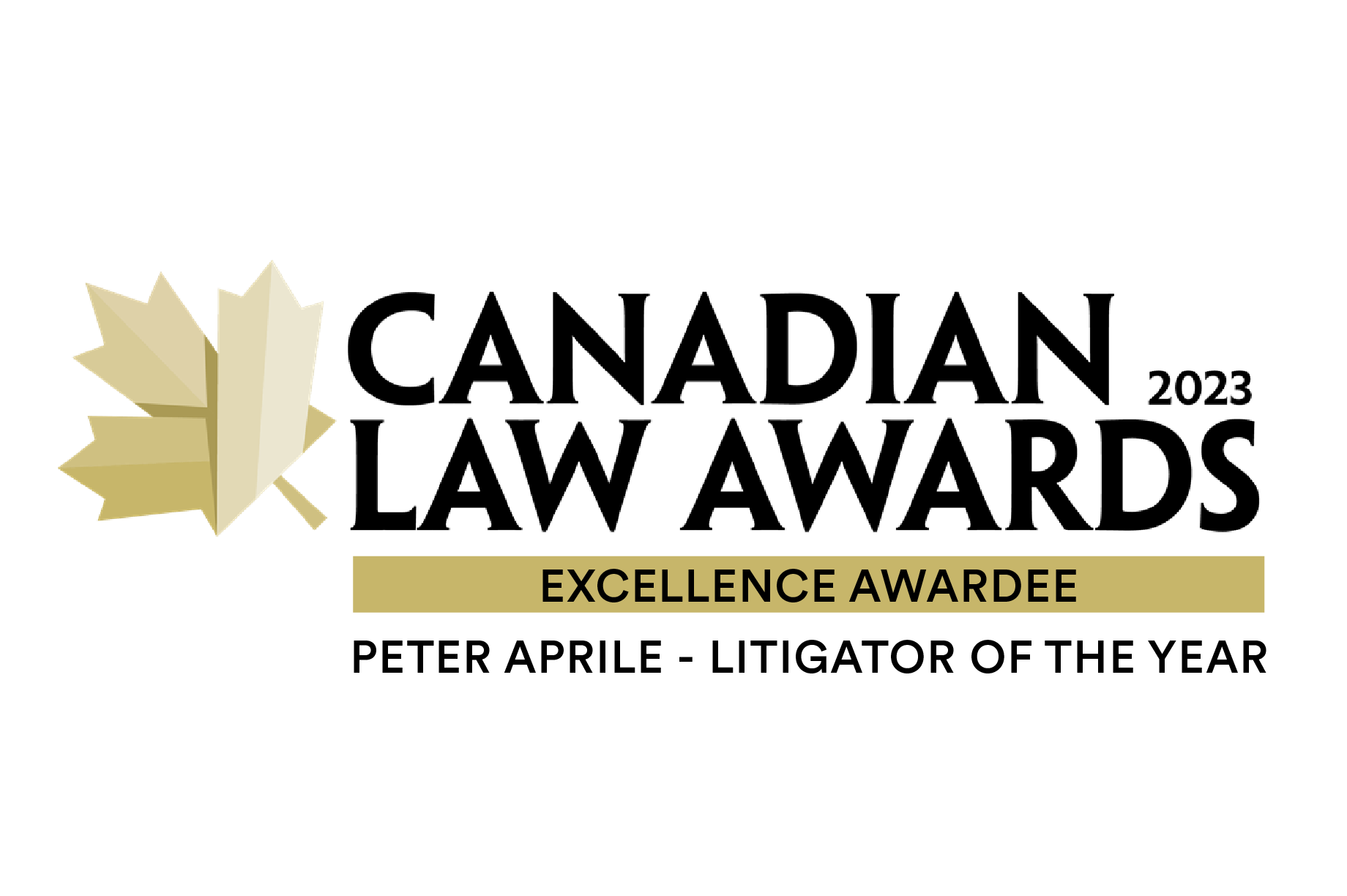
The Canada Revenue Agency (“CRA”) announced, and now initiated, its 5th Annual Letter Campaign (the “Campaign”).** The CRA is in the process of sending 33,000 letters to taxpayers that have claimed business losses, rental losses and other employment expenses on line 229 of their tax and benefit returns. The CRA’s risk-assessment system has revealed that these types of taxpayers are higher risk to file non-compliant tax returns.

The Campaign is designed to turn taxpayers into no-cost CRA auditors that review previously filed tax returns, identify and correct the errors. In addition to raising revenue without any audit costs, the CRA may attempt to use a taxpayer’s failure to correct errors to support the imposition of penalties at a later date.
It is important that taxpayers appreciate that the receipt of the letter does not mean that their tax returns contain an error or that the CRA will audit the subject tax return. Also, the Income Tax Act does not require taxpayers to correct past errors. A taxpayer’s failure to correct an error is not a criminal offence and should not be used to support the imposition of a penalty. Last, the CRA’s ability to reassess is – in some cases – restricted. For example, if the taxation year to which the error relates is statute-barred and the error is an error in law or if the CRA is unable to prove that the taxpayer’s negligence or carelessness caused the error.

Our Recommended 3-Step Process
Taxpayers who receive these letters should employ the following three-step analysis to help decide the best way to proceed.
- First, taxpayers should review the subject tax return. If the review reveals an error, taxpayers should determine whether the error is isolated or whether it impacts other taxation years.
- Second, taxpayers should meet with a tax lawyer to discuss the error, the circumstances surrounding the error and the amount at stake.
- Third, taxpayers should gain an understanding of the type of error and actual reassessment risks.
The three-step analysis will allow taxpayers to understand and weigh their various options including, but not limited to, choosing not to correct the error on the basis that the CRA’s ability to reassess is limited or choosing to to correct the error under the Voluntary Disclosures Program. Simply put, if a taxpayer receives a letter, we recommend that the taxpayer pause, take a breath and gather the information needed to decide on the best course of conduct.

.jpg?width=120&name=Counter%20Tax%20Litigators%20Logo%20Stacked%20(MidnightBlue%20on%20White).jpg)
.png?width=499&height=299&name=CRA%20Disputes_Management_Board_First_Conversation%20(Sphere%201%20Purple).png)











.png?width=400&height=400&name=CT-How_Can_We_Help-22_july_NewGraphic_b(small).png)

.png?width=1386&height=1224&name=2025%20Legal500%20Elite%20Boutique%20Award%20(Badge).png)
.png?width=1386&height=1224&name=ITR%20Finalist%20Practice%20Leader%20of%20Year%20Peter%20Aprile%202024%20(Badge).png)
.png?width=1386&height=1224&name=2025%20Legal500%20Leading%20Firm%20Client%20Satisfaction%20Award%20(Badge).png)





.png?width=1386&height=1224&name=ITR%20Tax%20Innovator%20Finalist%202024%20Award%20(Badge).png)
